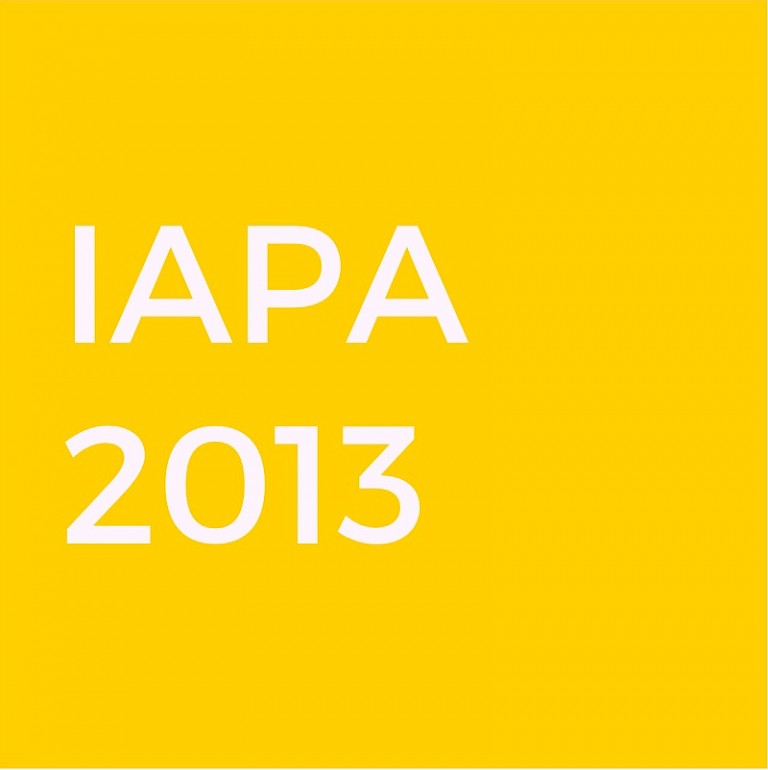



Among Oasis’ actions include the occupation of the Korean Artist Centre to protest against the lack of physical space for artists to work. Starting in July 2011, the collective recently undertook a project in Hong Kong, one of the most expensive and densely populated areas of the world.
Hosted by Hong Kong community arts group Woofer Ten, Oasis explored the potential for squatting in the city's vacant spaces. Although Hong Kong has a rich history of squatter settlements, the use of squatting for artistic or political aims remains relatively new. Woofer Ten saw many similarities between the Korean situation of buildings empty for decades and Hong Kong’s West Kowloon Cultural District, which has endured years of stagnation and bureaucratic planning revisions.
While in residence, Oasis held workshops on squatting and its history, bringing together many participants to gather around maps and a laptop to collaborate and compile possible squatting locations. One of the potential sites was a rooftop shantytown in Kwun Tong. Other sites included a vacant mansion inaccessible behind a locked fence, and a rural village in Ma Shi Po where local community organizers hoped artist squatters might occupy land to prevent real estate development. At the former Oil Street Artist Community in North Point, some of the workshop participants climbed over the locked gates to explore. The Community closed in 1999 after just one year of operation and the artists relocated to the current site on Ma Tau Kok Road. The Oil Street site has been vacant ever since.
To do this work, Oasis runs the Squat Geography Information System (SGIS), which helps them investigate real estate owned by big conglomerates or government organisations to discover which spaces are not used or neglected in order to map space for squatting projects internationally.
All copyright belongs to Shanghai Academy of Fine Arts, Shanghai University.



